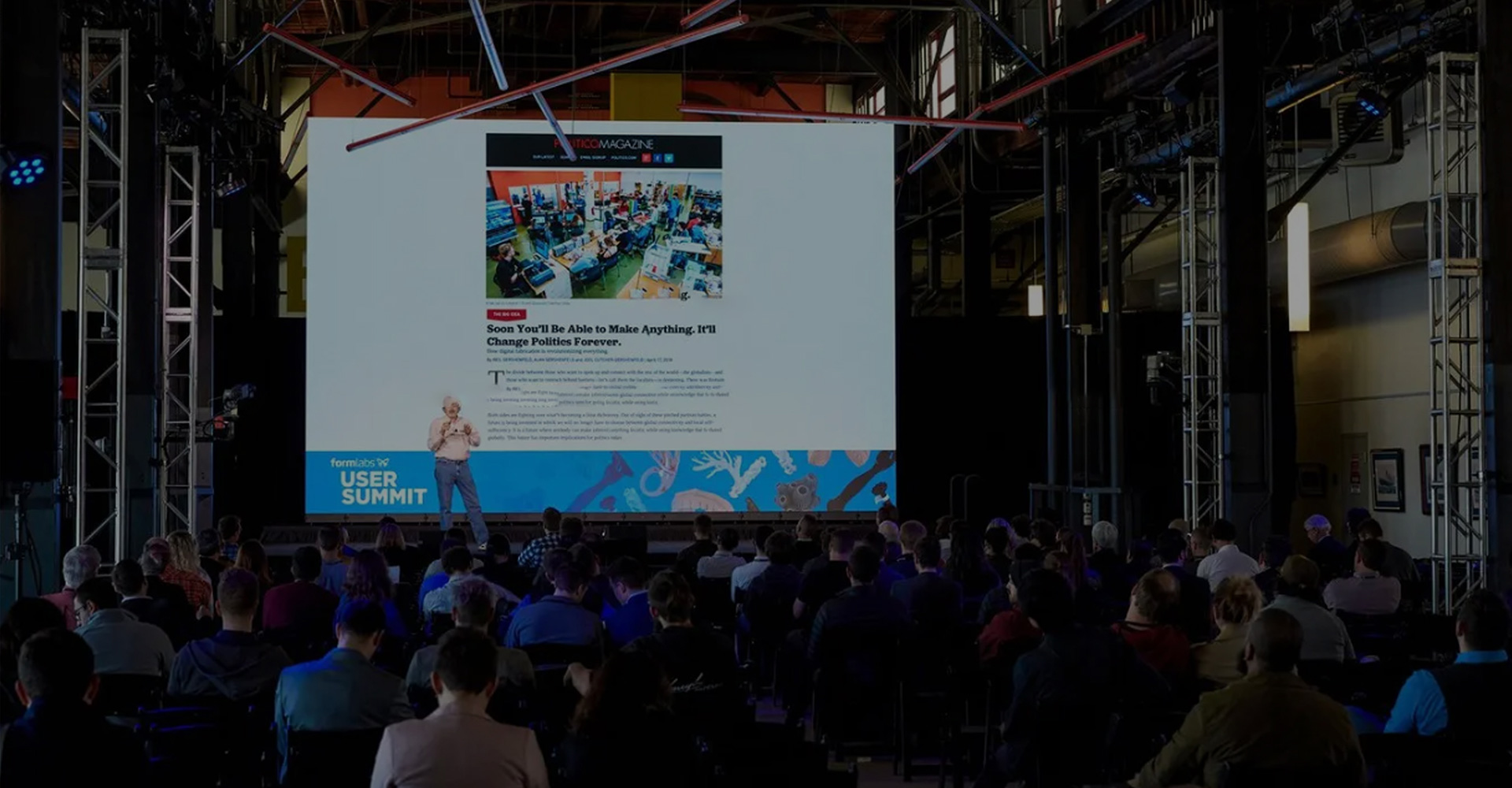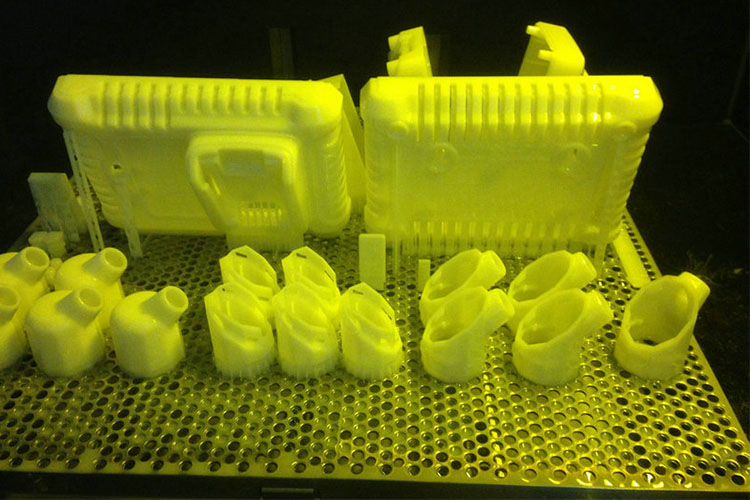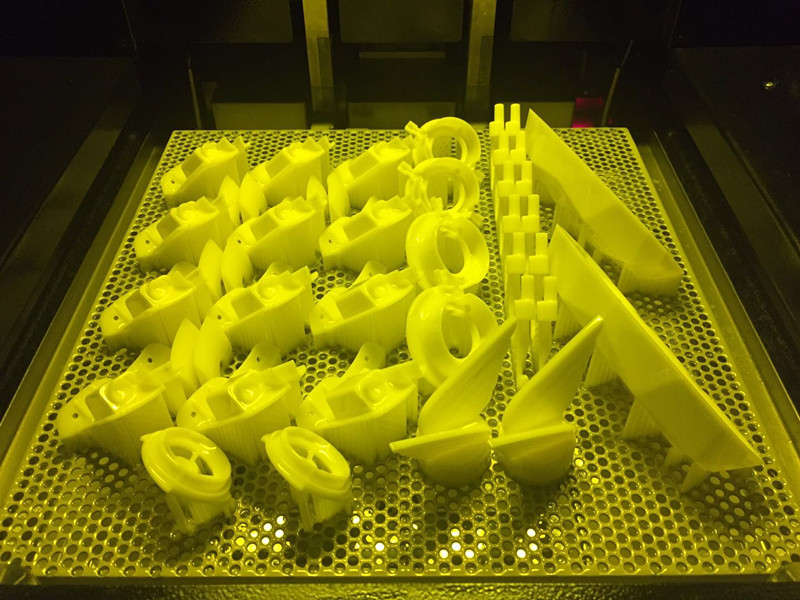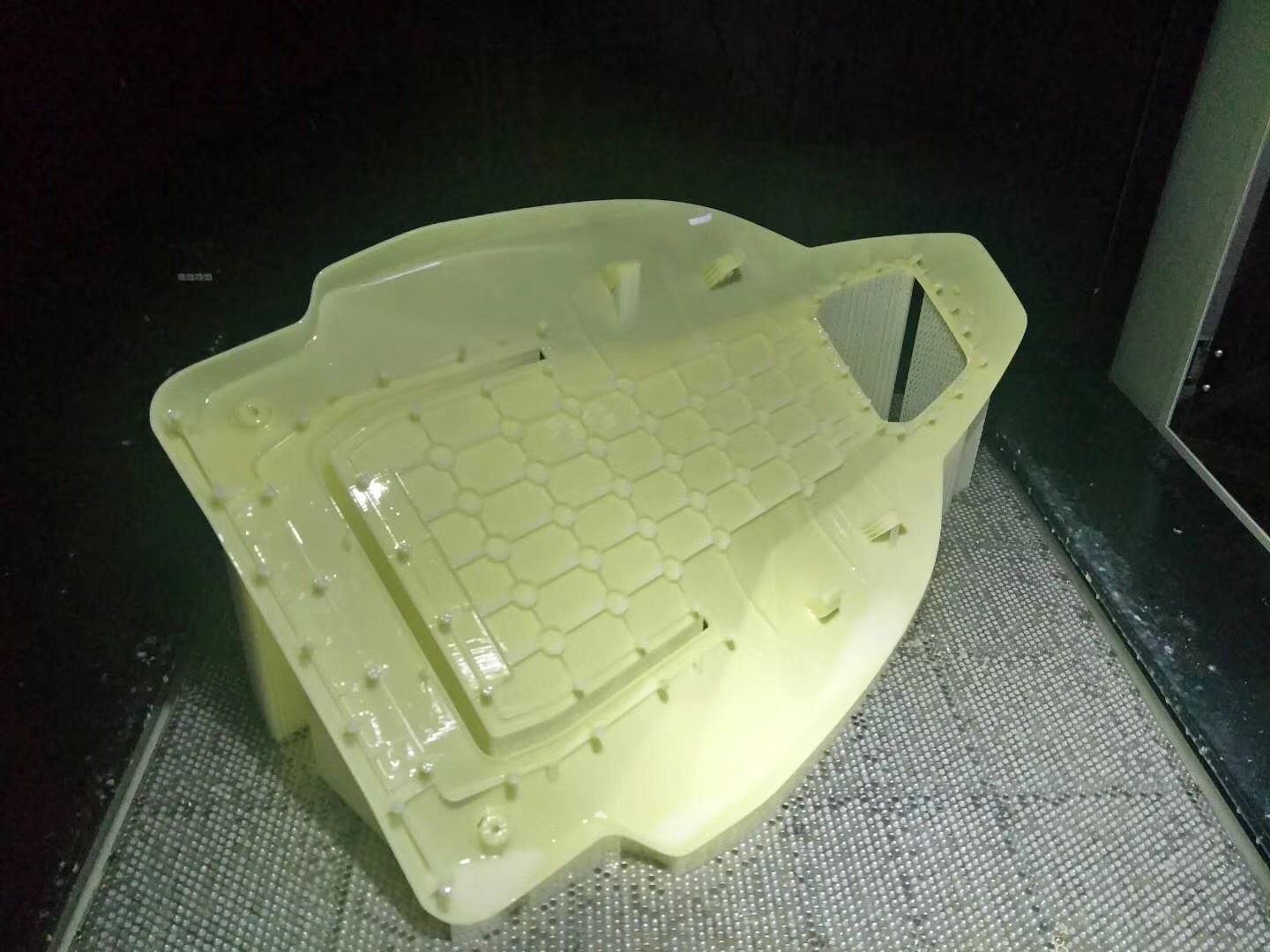Why must 3D printing prototypes be used for verification during the product design stage?
Before getting into the topic, let’s first popularize
what SLA 3D printing technology is?
SLA (Stereolithography) is a common 3D printing technology that uses ultraviolet laser beams to solidify liquid photocurable resin into solid objects layer by layer. SLA 3D printing technology has the advantages of high precision, excellent surface quality and a wide range of material options, and is suitable for producing high-precision prototypes, models and functional parts. The following are the main concepts of SLA 3D printing technology:
1. 355 wavelength photosensitive resin: The material used in SLA 3D printing is liquid photocurable resin, which is a special photosensitive polymer. When exposed to an ultraviolet laser beam, the photocurable resin undergoes a chemical reaction, changing from a liquid to a solid state.
2. Light-curing process: In SLA 3D printing, an ultraviolet laser beam is irradiated onto the surface of the light-curing resin layer by layer. After photocurable resin receives light energy, a polymerization reaction occurs and solidifies. The printing platform gradually moves upward, and after each layer is irradiated, the solidified layer adheres to the previous layer, gradually forming the desired three-dimensional object.
3. Printing platform: The printing platform is a moving part of the
SLA 3D printer, used to support and position the light-curing resin. As each layer cures, the printing platform gradually moves upward, allowing the light-cured resin to gradually solidify into a solid object in the correct position.
4. Scanning system: SLA 3D printer is equipped with a high-precision scanning system to control the precise positioning of the ultraviolet laser beam. The scanning system accurately irradiates the laser beam to the designated position of the light-cured resin, achieving smooth transitions between layers and precise printing.
5. Support structure: In SLA 3D printing, since the light-curing resin is cured layer by layer, a support structure is needed to support the cantilevered and suspended parts of the printed object to prevent deformation or collapse. Support structures are typically achieved by adding temporary supports during the printing process, which need to be removed after the print is complete.
6. Post-processing After printing is completed, post-processing steps are required to improve the surface quality and dimensional accuracy of the printed object. Post-processing typically involves cleaning the print to remove uncured resin, followed by light or heat curing to ensure the printed object is fully cured.
The application of SLA 3D printers
The application of SLA 3D printers in R&D verification can improve work efficiency, reduce costs, and provide convenience and flexibility for iteration and improvement of product design. The application of SLA 3D printers in R&D verification is mainly reflected in the following aspects:
1. Rapid prototyping: SLA 3D printers can quickly convert digital design files into physical models to quickly produce product prototypes. These prototypes can be used for functional testing, appearance evaluation, and user experience testing, etc., helping to verify the design concept and feasibility of the product.
2. High accuracy: SLA 3D printing technology can achieve very high precision and detail, and can accurately copy various details and curves in the design file. This allows the printed prototype to be very close to the final product, facilitating accurate functional testing and performance verification.
3. Diversified material selection: SLA 3D printers can print using a variety of materials, including transparent materials, rubber samples, engineering grade resin, etc. R&D personnel can choose appropriate materials according to different needs to meet the needs of different types of samples.
4. Rapid iteration and modification: Because SLA 3D printers can quickly produce prototypes and the modification cost is relatively low, R&D personnel can quickly iterate and modify product designs. They can quickly adjust designs based on test results and user feedback, and reprint new prototypes for verification.
5. Reduce production costs and time: Using SLA 3D printers to make prototypes does not require manufacturing molds or other additional production tools, which greatly reduces production costs and time. This allows the R&D team to conduct verification work more efficiently and accelerate product time to market.
Why must 3D printing prototypes be used for verification during the product design stage?
The importance of 3D printing prototype verification during the product design stage is reflected in the following aspects:
1. Form verification: Through 3D printing prototypes, designers can quickly convert digital design models into physical objects to verify whether the appearance, shape and size of the product meet the design requirements. This helps to detect design errors or defects and avoid unnecessary losses in subsequent production stages.
2. Function verification: 3D printing prototypes can be used to verify the function of the product, including assembly, operability, kinematic performance, etc. Through actual operations on the prototype, you can evaluate whether the product's functions meet design expectations, and identify and solve potential problems in a timely manner.
3. Rapid iteration: 3D printing prototypes have a short production cycle and relatively low cost, and can quickly iterate and modify designs. Designers can make necessary adjustments based on the prototype verification results, and then reprint the prototype for verification to achieve continuous optimization of product design.
4. Cost saving: Compared with traditional manufacturing methods, 3D printing prototype production costs are lower. And there is no need to make molds or other custom tooling, saving expensive manufacturing preparation costs. In this way, even if multiple iterations are required, a lot of cost will not be wasted.
5. Improve communication efficiency: 3D printing prototypes can provide the design team, manufacturing team and customers with a specific product sample to facilitate communication and communication. Through the physical prototype, all parties can more intuitively understand the design concept and characteristics of the product, and it is easier to reach an agreement.
Therefore, 3D printing prototype verification during the product design stage can help improve product quality, speed up product launch time, reduce costs, and improve communication efficiency between teams. It is an indispensable and important step in the modern product design process.



